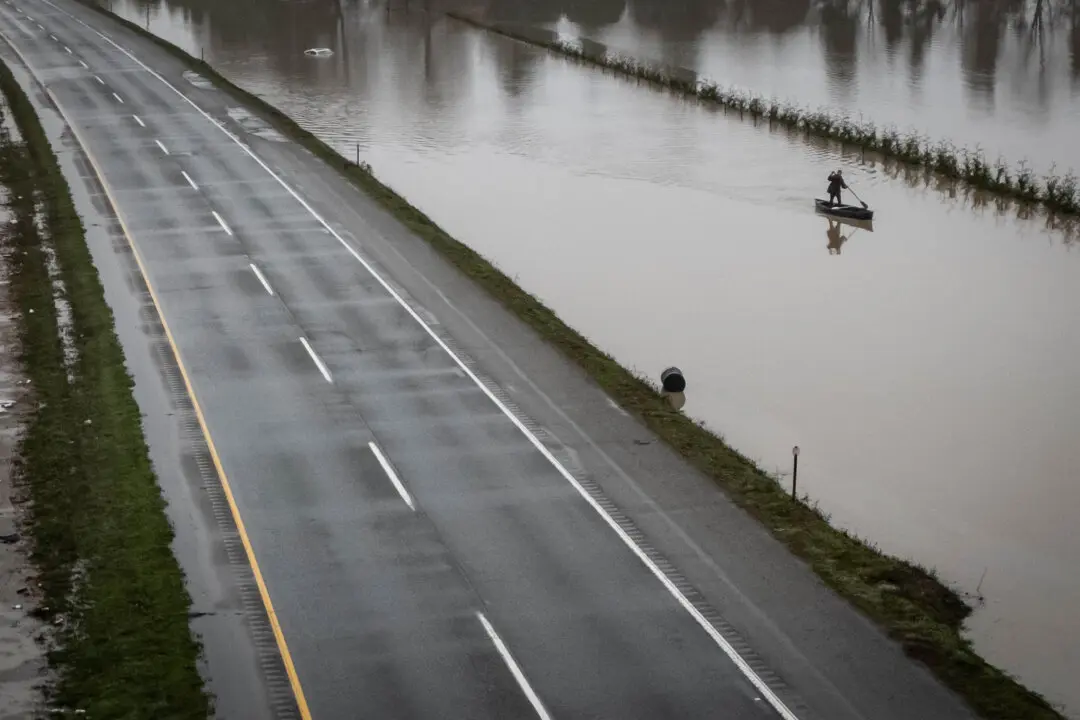The number of Canadian veterans experiencing homelessness has been on the decline in recent years, with numbers down by at least 17 percent over the past two years, according to a Veterans Affairs Canada (VAC) memo.
Data shows that the number of homeless veterans has decreased from around 2,600 in 2019, to 2,000 in June of this year, according to a June 13 briefing note on veteran homelessness from the Government of Canada, which was first covered by Blacklock’s Reporter.
“The government is pursuing a coordinated, evidence-driven and collaborative strategy to eliminate veteran homelessness,” the briefing reads, noting that Canada has approximately 461,240 veterans.
The decrease in veteran homelessness was partly credited to the Veterans Emergency Fund, which offers quick, tax-free payments of up to $2,500 to eligible veterans for emergency needs such food, shelter, and clothing. The majority of grants issue a decision on an application within 48 hours.
The fund has provided around $1 million per year since 2018 and gave out $1.65 million to 842 veterans last year.
According to a 2021 program audit, the demand for the funding program vastly outstripped funding availability, with 2,576 applications between 2021 to 2023 of which only 1,902 were approved. According to the audit, the majority of veterans applying for help from the program were single men under 50, and 59 percent of those who applied were struggling with addiction, mental illness, or homelessness.
An Aug. 5 report on support for at-risk veterans under the Veteran Homelessness Program lists a number of services available to veterans. These include housing placement support, counselling, addiction treatment, and support for veterans to find and keep housing, including those who are at “imminent” risk of homelessness within two weeks due to trouble paying rent.
On Aug. 8, Prime Minister Mark Carney announced pay raises for all active duty members of the Canadian Armed Forces (CAF) of 8 to 20 percent depending on rank, along with bonuses for those who deploy and prorated bonuses dependent on years of service. The move came shortly after Ottawa announced plans to move up its plans to reach NATO’s military spending target for member countries of 2 percent of GDP.
“As the demands on our Canadian Armed Forces have increased their resources and their salaries have not kept pace, and these are the men and women we trust to wear the maple leaf, the Canadian flag, and to risk their lives for it,” Carney said.





